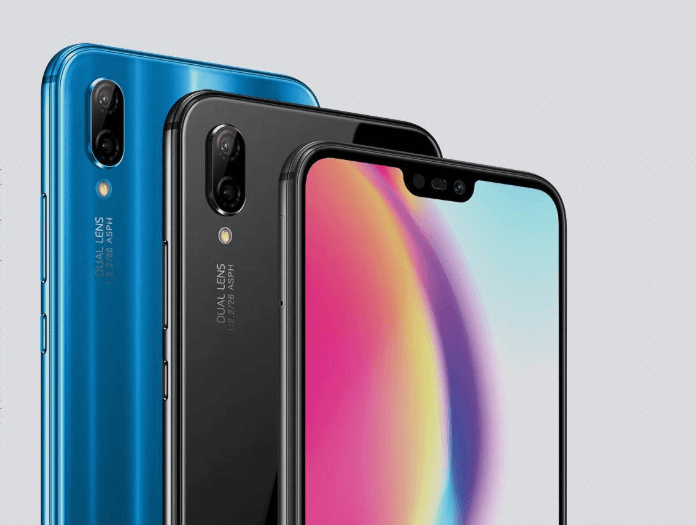When Huawei launched its three-camera flagship phone P20 Pro this year, the common belief was that it would be a one-time thing and other companies are not go on to follow it. However, soon after the success and massive media attention that the Huawei flagship garnered, the rest of the companies have been quick to pick up the consumer’s mood. So, in this article, we will talk about the best triple camera phones that are or will be made available to the users in the near future.
Best triple camera phones
The first in the list of best triple camera phones is obviously the Huawei P20 Pro. The handset, which is already available in the market, is pitched as the cheaper alternative for photographers who do not want to go for the high-end dedicated expensive cameras. Huawei collaborated with Leica, the German lens and camera maker for the camera system.
Samsung is apparently the latest to join the list of best triple camera phones with reports that the Galaxy S10 Plus would come with triple cameras on the rear and a single camera on the front. The South Korean company is expected to launch the S10 series at the MWC 2019.
LG is also reportedly working on a phone with three rear cameras. Apparently, the LG V40 ThinQ would have five cameras, three at the back and two in the front. What purpose these five cameras have is yet to be seen. It is speculated that the front camera would support 3D mapping in addition to the face unlock. One of the rear cameras would include a wide lens, while the second one would sport LG’s signature ultrawide lens. There is no word over the purpose of the third sensor.
Apple is also said to be joining the trend of triple camera phones. There are reports that a future iPhone (probably in 2019) would have three rear sensors. On the other hand, more recent reports suggest that the Cupertino, California-based company would include three rear cameras in its iPhone X Plus series, which might be launched as early as September.
Why would you need three cameras?
Something that was impossible a few years ago looks feasible now, thanks to the progress in machine learning and artificial intelligence. The smartphone camera software is now capable of improving the photograph settings based on the conditions in which the user is shooting. The camera can read low light, a distant scene or an up-close portrait of a single person with utmost finesse.
Further, the processing technology supports deploying different cameras based on the needs without the owner having to toggle between different modes or change the camera settings every time. For instance, the iPhone’s portrait mode can be activated for both selfies and portrait shots to highlight the face of the subject when compared to the background surroundings. Similarly, in the P20 Pro, the night mode enables you to take photos with up to six seconds of exposure time without the need for a tripod.
Therefore, three rear cameras is an obvious extension as the camera has become one of the most important features of the smartphone. The third lens can be used to improve the detail, scope a photo or zoom capabilities. In addition, it can be used for special effects exclusive to third-party lens accessories, offering users new ways to capture memories.
However, it will not be long before three rear cameras become a thing of past. Light, the company behind the L16 camera, is reportedly building a smartphone with nine cameras. The company reportedly has a prototype of smartphones with five to nine cameras that would capture a 64-megapixel shot.
Not more than the iPhone X in terms of thickness, the phone from Light would come with additional sensors, increasing the phone’s low-light performance and depth effects. Light introduced the $1,950 L16 camera back in 2015 and started shipping it in 2017. The camera deploys 16 lenses to capture 52-megapixel imagery.
Adding more is no solution
On the one hand, there are smartphone makers that are following the trend of adding more, but on the other hand, there are brands that believe that adding more is not an improvement. For instance, Google Pixel phones are the only range that hasn’t followed the dual rear camera trend; still, they are among the best even when compared to the dual rear sensors.
Further, recent reports suggest that Pixel phones coming later this year would launch with just one rear camera. However, the handsets would come with newer features and specifications, deploying technology like the Pixel Visual Core Processor making two to three cameras an unnecessary addition.





